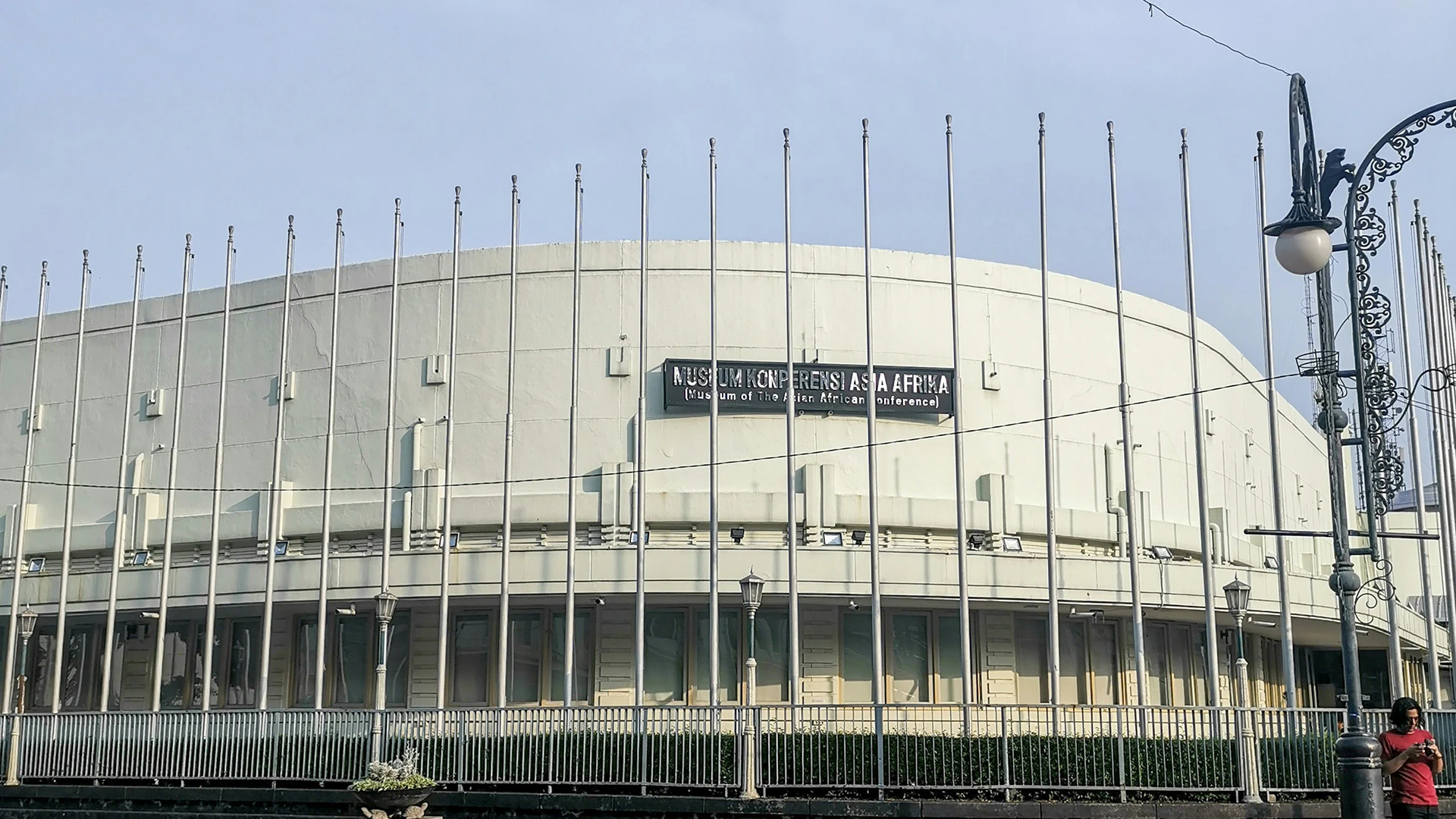
The History of Asia Afrika Building in Bandung, West Java
The Asia Afrika Building in Bandung, West Java, Indonesia stands as one of the most significant historical landmarks in Southeast Asia. Located on Jalan Asia Afrika, this building played a central role in shaping international relations between Asian and African countries during the mid-20th century. Today, it is not only a museum but also a reminder of the struggles and solidarity among nations once under colonial rule.
Origins of the Asia Afrika Building
Originally known as the Concordia Society Building, it was constructed during the Dutch colonial period in the early 20th century. The building served as a social club for Dutch elites, providing a venue for gatherings, entertainment, and cultural events. Its strategic location in the heart of Bandung made it a hub for colonial society.
When Indonesia declared its independence in 1945, the building’s purpose gradually shifted. By the early 1950s, Bandung had become an emerging center for international conferences, paving the way for its historic role in 1955.
The 1955 Asian-African Conference
The most defining moment in the history of the Asia Afrika Building occurred from 18–24 April 1955, when it hosted the Asian-African Conference, famously known as the Bandung Conference. Leaders from 29 Asian and African nations gathered here to discuss issues of decolonization, economic cooperation, and peace during the Cold War era. The conference gave birth to the Bandung Spirit, which emphasized solidarity, independence, and equality among developing nations.
This event marked the building as a symbol of global unity, inspiring the later formation of the Non-Aligned Movement (NAM). For many countries, the Bandung Conference was the first time their voices were heard on the international stage.
Architectural Significance
The Asia Afrika Building showcases a blend of Art Deco and neoclassical architectural styles, which were popular in Bandung during the colonial period. Its elegant façade, high ceilings, and spacious conference halls reflect the grandeur of early 20th-century European design. Over time, the building underwent renovations to preserve its historical and architectural integrity.
Today, visitors can explore the building’s museum, which houses photographs, documents, and artifacts from the 1955 conference. These exhibits provide insight into the global struggle for independence and the collaborative efforts of Asian and African nations.
The Asia Afrika Museum
In 1980, to commemorate the 25th anniversary of the Bandung Conference, the Indonesian government inaugurated the Museum of the Asian-African Conference within the building. This museum preserves the legacy of the conference and educates future generations about the importance of international solidarity.
The museum features dioramas, archival footage, and original documents from the conference. It also hosts educational programs and international events to continue the spirit of Bandung.
Why Visit the Asia Afrika Building Today
For tourists and history enthusiasts, the Asia Afrika Building is more than just a historical site. It’s a place where visitors can immerse themselves in Indonesia’s role in shaping global diplomacy. Located in the heart of Bandung, the building is easily accessible and surrounded by other notable landmarks, making it a must-visit destination in West Java.
By visiting, you not only witness a piece of architectural heritage but also connect with a pivotal moment in the world’s history—the collaboration of nations striving for freedom and equality.
Conclusion
The History of Asia Afrika Building Bandung is inseparable from the story of international solidarity and Indonesia’s diplomatic legacy. From its origins as a colonial-era social club to its role in hosting the historic 1955 Asian-African Conference, this building remains a powerful symbol of unity and independence for nations across Asia and Africa.


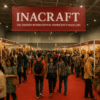
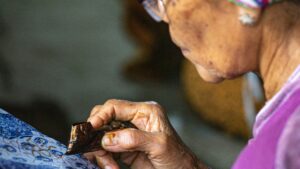
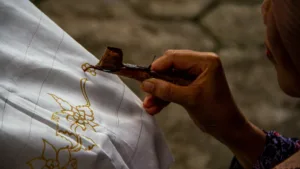
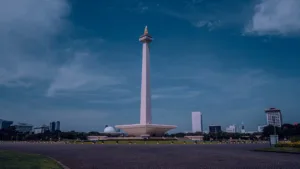
Add comment
You must be logged in to post a comment.